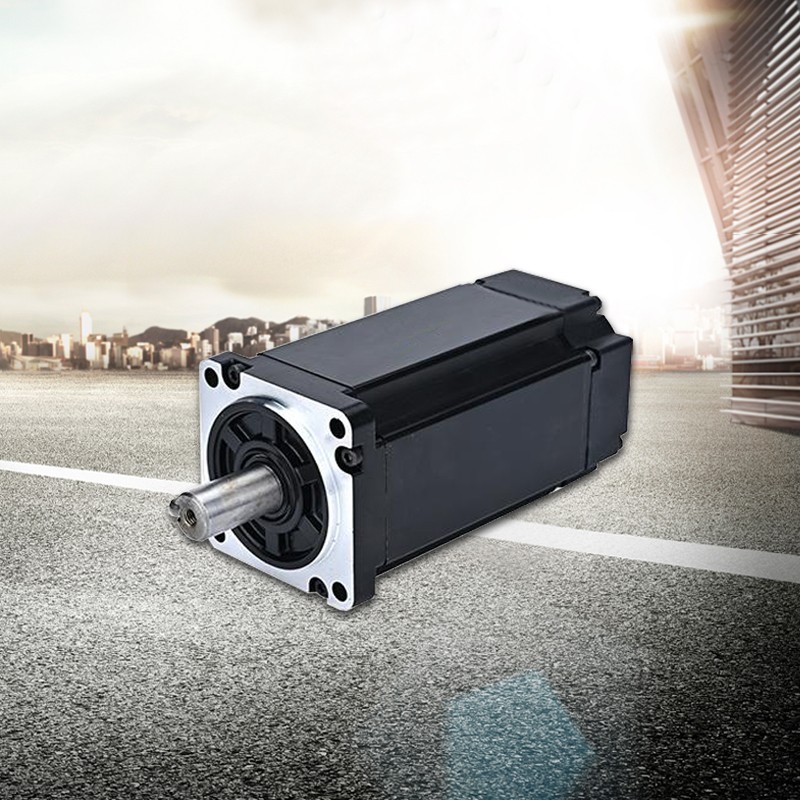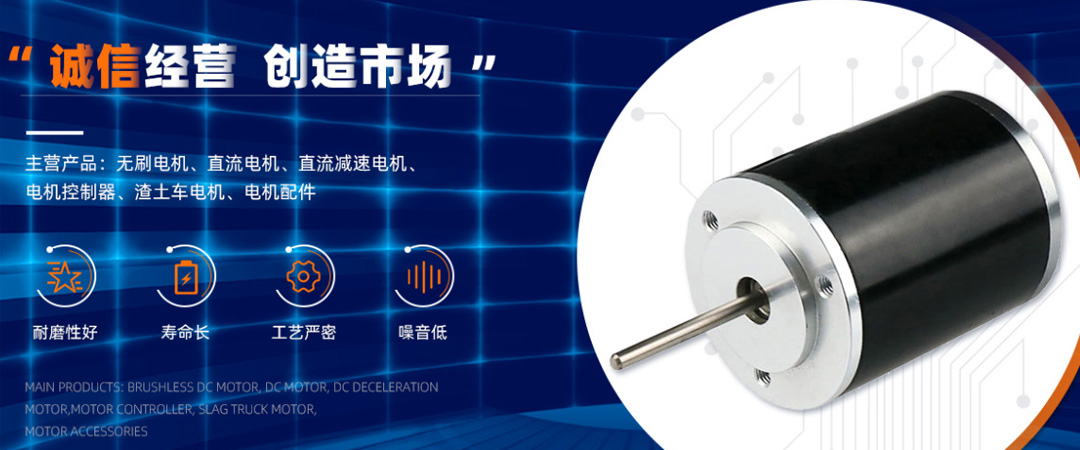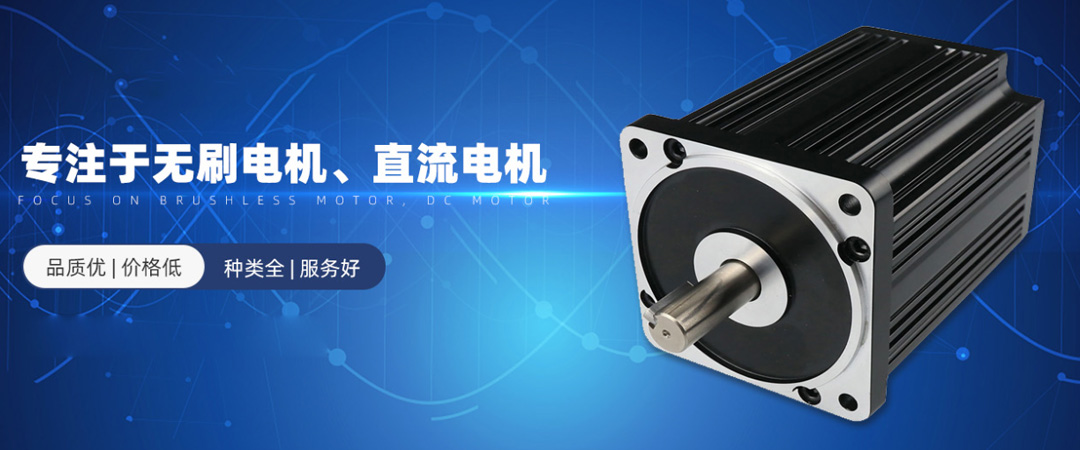What are the classifications of brushless motors?
The classification of brushless DC motors can be based on their appearance, power signal, and driving mode. Different types of brushless motors have different advantages, so they can be used in different product usage scenarios. Here, we will provide a detailed introduction to the types of brushless motors. Simultaneously explore the advantages of each type based on parameters such as torque, speed, and efficiency.
Different types of motors are used in different environments, such as industrial machinery, electrical and electronic equipment, vehicles, and robotic devices. The types of brushless DC motors can be divided into the following categories.
The internal rotor brushless DC motor has a rotating component (rotor) inside the electromagnetic coil (stator) assembly. This brushless DC motor structure allows for heat dissipation through conduction, as the stator coils are installed on the motor casing. Brushless DC motors can easily reach peak speed and are suitable for applications that require higher speed characteristics.
The type of external rotor brushless DC motor is basically opposite to that of internal rotor brushless motor. It is also known as an external rotor brushless motor, which uses a rotating housing to surround fixed internal components. External rotor motors typically use a greater number of permanent magnets on the rotor. This means greater torque and smoother operation. The main disadvantage of an external rotor brushless DC motor is its slow speed. Therefore, these types of motors are more suitable for low-speed, high torque applications.
Sensory brushless DC motor is a type of motor that relies on sensors to provide rotor position data. These types of brushless motors provide reliable performance at lower speeds. At lower speeds, sensors provide accurate data to achieve smooth rotation. Motors with sensors may experience delayed feedback at higher speeds, and harsh conditions such as magnetic interference or high temperatures can also affect sensor operation, thereby affecting motor operation.
Sensorless brushless DC motors do not use Hall sensors. On the contrary, the controller relies on the back electromotive force generated in the stator coil to calculate the rotor position. These types of brushless DC motors provide performance at high speeds. You can also use them in high-temperature environments as they do not use sensors. When the back electromotive force is too low or in a stationary state to be read by the controller, the motor cannot be accurately controlled, so these types of motors are suitable for high-speed and low-cost application environments.
Sine wave driven brushless DC motor rotates the rotor by continuously changing the voltage of the stator coil in a sinusoidal manner according to the rotation angle of the rotor. The three phases of the motor will be delayed for a specific period of time, depending on the frequency.
Square wave drive is a simple driving method. It switches the ON/OFF state of electronic components based on the rotation angle of the rotor, and then changes the direction of current in the stator coil to rotate the rotor. The rotor rotates once and the current direction switches six times.
Different types of motors are used in different environments, such as industrial machinery, electrical and electronic equipment, vehicles, and robotic devices. The types of brushless DC motors can be divided into the following categories.
The internal rotor brushless DC motor has a rotating component (rotor) inside the electromagnetic coil (stator) assembly. This brushless DC motor structure allows for heat dissipation through conduction, as the stator coils are installed on the motor casing. Brushless DC motors can easily reach peak speed and are suitable for applications that require higher speed characteristics.
The type of external rotor brushless DC motor is basically opposite to that of internal rotor brushless motor. It is also known as an external rotor brushless motor, which uses a rotating housing to surround fixed internal components. External rotor motors typically use a greater number of permanent magnets on the rotor. This means greater torque and smoother operation. The main disadvantage of an external rotor brushless DC motor is its slow speed. Therefore, these types of motors are more suitable for low-speed, high torque applications.
Sensory brushless DC motor is a type of motor that relies on sensors to provide rotor position data. These types of brushless motors provide reliable performance at lower speeds. At lower speeds, sensors provide accurate data to achieve smooth rotation. Motors with sensors may experience delayed feedback at higher speeds, and harsh conditions such as magnetic interference or high temperatures can also affect sensor operation, thereby affecting motor operation.
Sensorless brushless DC motors do not use Hall sensors. On the contrary, the controller relies on the back electromotive force generated in the stator coil to calculate the rotor position. These types of brushless DC motors provide performance at high speeds. You can also use them in high-temperature environments as they do not use sensors. When the back electromotive force is too low or in a stationary state to be read by the controller, the motor cannot be accurately controlled, so these types of motors are suitable for high-speed and low-cost application environments.
Sine wave driven brushless DC motor rotates the rotor by continuously changing the voltage of the stator coil in a sinusoidal manner according to the rotation angle of the rotor. The three phases of the motor will be delayed for a specific period of time, depending on the frequency.
Square wave drive is a simple driving method. It switches the ON/OFF state of electronic components based on the rotation angle of the rotor, and then changes the direction of current in the stator coil to rotate the rotor. The rotor rotates once and the current direction switches six times.

The above is the classification of brushless motors and the different advantages of using different types of brushless DC motors in specific applications. When selecting the type of brushless motor for your project, technicians can consider the product's structure and advantages to customize different brushless motors to meet different application scenarios.
Editor: ZiYu



